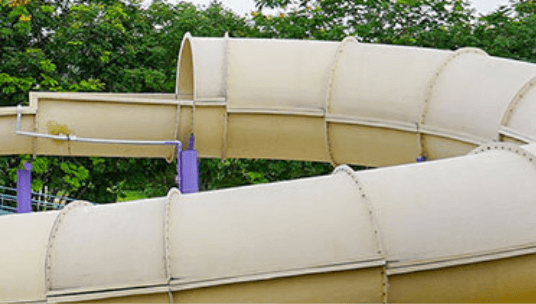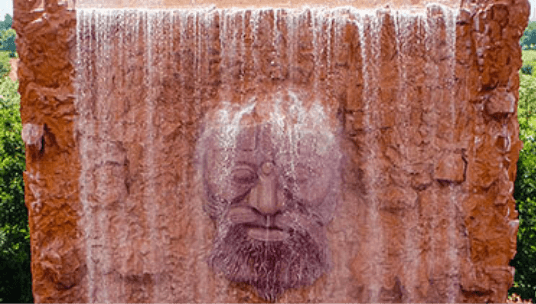Advances in dental technologies have changed distinguishly the way dental practitioners diagnose and treat individuals. Today, 3-D printing and advanced sbiancamento dei denti tecniche digital image resolution techniques currently have revolutionized health care procedures. Fresh technologies like the Canary, which usually uses pulsing red fractionated laser light to detect small dental issues, are changing the way the field of dentistry is performed. The S-Ray, which will maps gums or teeth in THREE DIMENSIONAL, is another tooth innovation. Both are Medical grade and be less expensive than traditional x-rays. Additionally they don’t show patients to harmful of which.
Throughout record, dental technology has evolved incrementally and significantly. During the mid-19th century, false teeth were crafted from human bone tissue, ivory, hippopotamus bones, or perhaps metal. The mid-19th 100 years saw the introduction of new components like vulcanized rubber. Goodyear had prevailed in hardening the botanical from the rubberized tree and created a material that was suitable for work with as a denture base. Thomas Evans applied vulcanized rubberized as a clavier base in 1848.
In the future, the availability of high-quality digital information can make it a lot easier for research workers to pinpoint the exact reason behind a disease. In the future, dentists will be able to use this sort of information to specific treatment options. With the use of innate testing, cosmetic dentists will be able to discover the specific genetics of an patient and decide on a treatment solution based on that individual’s bacterias. This is a serious step in increasing public health.







































